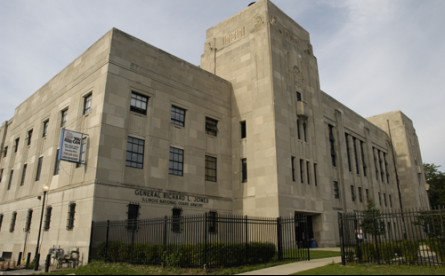
Not all cleaning methods are right for all structures. In some cases, older buildings require more refined, less harsh techniques. So restoration cleaning is preferred to sandblasting to clean older or historic masonry surfaces.
Chemical Cleaning
Chemical cleaning of masonry is typically used to stop the deterioration of the material or to remove heavy soiling. The build up of moisture in a masonry surface can cause efflorescence, the white crystalline/mineral deposits that appear on masonry as a white powder. Chemical cleaning can be used to remove the efflorescence. Once removed, the source of the moisture must be located and repaired.
It is necessary to evaluate the existing conditions in order to determine which cleaning method to use. High or low pressure cleaning can be used depending on the material and its condition.
High/Low Pressure Cleaning
A proven method for removing dirt, carbon staining, paint oxidation and other pollutants on masonry surfaces.
Paint Removal
The best possible option for removing paint from a masonry surface is a chemical solvent. Sandblasting or hand scraping will remove the paint but also destroy the finish of the brick. Gel type solvents are useful on vertical surfaces because they are thicker and don’t spill as easily.
Masonry is very porous and more susceptible to permanent damage from graffiti. It is important to remove graffiti as soon as possible, to stop it from setting into the material completely. Protective coatings are designed to be breathable for the masonry yet resistant to graffiti.